What Is VAT Liability? A Beginner’s Guide
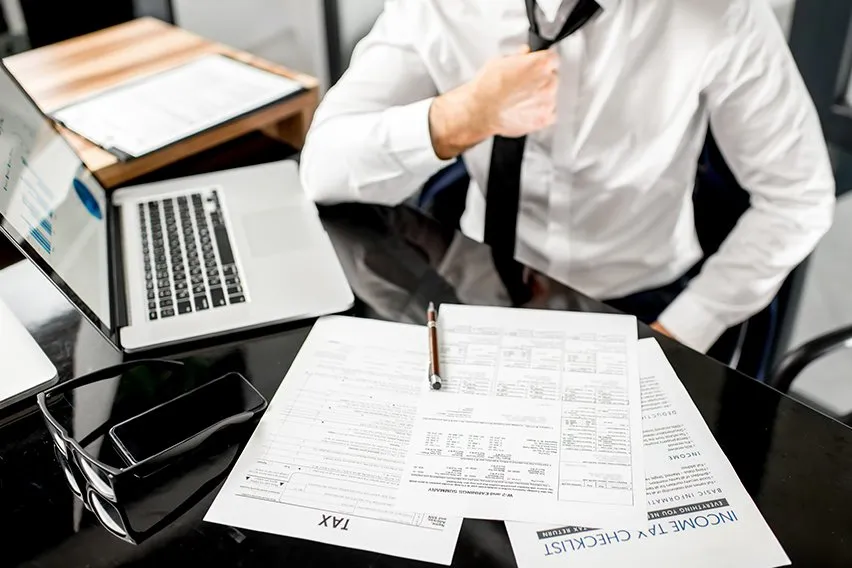
In any business, there are a number of taxes that a business owner needs to be aware of. One of the most common taxes encountered is the value-added tax, also called VAT. VAT liability isn’t the same for every business, but the procedures are. If you’re running a business that has VAT liabilities, learn all you need to know here! Our beginner’s guide covers every aspect that you’ll need to know.
Here’s What We’ll Cover:
Obligations for a VAT-Registered Business
How Does Being VAT-Registered Benefit My Business?
What Is VAT?
In the UK, VAT is a tax levied on the purchase and sale of business goods and services. It differs from sales tax, as it is charged at different levels of production. Understanding VAT is a step in the right direction for any business with VAT obligations.

What Is VAT Liability?
VAT liability is any money owed to HM Revenue and Customs (HMRC) authority. It is calculated by totalling the amount of VAT collected as business is done, then subtracting any VAT credits. Value-added tax liabilities are also called value-added tax obligations. This means that your business is obligated to pay the rate of VAT as defined by HMRC.
What Does VAT Apply To?
VAT can only be charged if you’re running a VAT-registered business. If you need help with that, we cover registration below, as well! Once registered, businesses charge VAT on taxable supplies. A taxable supply can be any one of the following items:
- Goods sold by the business
- Any provided services to clients as a business
- Commissions
- Selling business assets
- Items sold to staff like cafeteria meals
- Business goods being used for personal reasons
- Items or services received through bartering
These items are subject to having VAT charged alongside them, should your business be eligible.
What Are the VAT Rates?
There are currently 3 different rates of VAT. It is your responsibility, as a business owner, to make sure that you charge the right amount. The different rates are listed below, as well as what they apply to.
Standard Rates
The standard VAT rate is 20%. It applies to most goods and services. Because most goods and services fall under the standard rate, it’s easier to identify what falls under the other rates.
Reduced Rates
The reduced VAT rate is 5%. This rate is applied to items that meet certain conditions. It also applies to specific sales that meet the correct specifications. A few examples of that are listed below.
- Children’s car seats fall under the reduced rate
- Domestic fuel and power always fall under the reduced rate as well
- Mobility aids that are sold to individuals over 60 receive the reduced rate
- Additionally, if the mobility aids are installed in the home they also receive the reduced rate
Zero Rate
The zero rate applies to specific items sold to customers. These items are still VAT-taxable, but businesses are required to charge 0% to the customers. Some of the following items fall under the zero rate:
- Books and newspapers
- Children’s clothing, including shoes
- Motorcycle helmets
In addition to these items, there are special schemes that are zero rate, as well.
- Most goods exported from Great Britain to a country outside the UK
- Most goods exported from Northern Ireland to a country outside the EU and UK
- Goods supplied from Northern Ireland to a VAT-registered EU business
Registering for VAT
Businesses that sell goods or services that are taxable supplies should be aware of VAT. When a business reaches the threshold of £85,000 in taxable sales, registration is required. However, businesses can register for VAT prior to meeting the threshold. We’ll cover the benefits of that later on.
If you’re getting close to the threshold, or want to voluntarily register, the following steps will assist you in VAT registration.
Registering Online
Many VAT registrations can happen online. It is the easiest way to register for VAT. When registering online, you’ll need to create a Government Gateway ID. You’ll also need your email address handy. When registering, you’ll be asked to fill in a series of forms about your business. After all information is submitted, you’ll receive a verification email. If you register online, this is the way that you’ll also submit all of your VAT returns to HMRC.
Using an Agent
Using an accountant, or an agent is a popular way to register for VAT. These tax professionals will be able to navigate the system and submit proper documentation on behalf of your business. An agent will require your VAT number, as well as your online VAT account. They can help you through this process in most cases.
Registering via Post
In certain cases, you cannot register online, or you fit a different scheme. In these cases, you’ll have to register via post. This process takes a bit longer than registering online and is less advantageous. Try to register online in most cases, and register by post as a last resort.
Obligations for a VAT-Registered Business
When your business becomes VAT-registered, there will be certain obligations that need to be met. The tax authorities have provided the below obligations for all businesses that charge VAT.
Businesses Must Charge VAT
If a business is registered for VAT, it is required that they charge it on their goods and services. This has to be done for all taxable transactions, including barter and exchange. In the event that no cash is taken during a transaction, VAT still has to be recorded. Additionally, if you don’t charge VAT to a customer on a good or service, it still has to be taken into account. Therefore, whatever you charge the customer is treated as including VAT.
Businesses Must Keep Records
Businesses registered for VAT have recordkeeping obligations. They need to keep their VAT records for at least 6 years. If they used the VAT MOSS system, the minimum is 10 years. Records can be kept on paper, electronically, or as part of a software system. The following documents need to be kept to adhere to compliance obligations:
- All records of sales and purchases
- A summary of VAT called a VAT account
- VAT invoices
Businesses Must Issue Correct VAT Invoices
VAT invoices have to adhere to strict requirements to be considered correct. All of the following information must be present on a VAT invoice to be considered correct:
- A unique invoice number that follows on from the last invoice
- Your business name and address
- Your business’s VAT number
- The date of the transaction
- The time of supply (also known as the tax point)
- Customer’s name or trading name
- The customer’s address
- Description of the goods and services being provided
- Total amount (excluding VAT)
- Total VAT amount
- Price per item (excluding VAT)
- Quantity of each item
- Any discount applied to items
- Rate of VAT charged per item
- Total including VAT
Thankfully, there are a number of accounting software options that allow invoices to be generated automatically. If you’re using the Cash Accounting Scheme, however, the invoice must be stamped. It needs to include the amount paid, and the date of the payment.
Businesses Must Submit VAT Returns
Businesses who have registered for VAT must submit VAT returns. They need to be submitted every three months. This period of time is known as your accounting period. HMRC requires that all of the information be submitted alongside your VAT return:
- Total sales and purchases from the accounting period
- The amount of VAT that your business owes
- The amount of VAT that your business can reclaim
- What your VAT refund from HMRC is
Even if you’ve calculated that your business owes no VAT, a return must still be submitted. The deadline to submit a VAT return is normally 1 month and 7 days after the accounting period has ended. Using your online VAT account, you can find your deadline for each accounting period.
Your business is subject to penalties and surcharges if HMRC doesn’t receive a return by the deadline. On top of the money owed to HMRC for VAT, additional charges will be tacked on.
Businesses Must Pay Their VAT Bills
When returns are submitted, so are the necessary VAT payments. If payments aren’t received by the deadline, then surcharges will be added. As such, there are a number of different methods to pay VAT bills. We have them categorized for your ease below.
Same or Next Day Payments:
- Online or telephone banking through Faster Payments
- Through an online bank account
- By using the CHAPS system
3 Working Days:
- Payment using Direct Debit
- Payments using Bacs
- Standing order (only available for businesses using the Annual Accounting Scheme
- Online using a debit or credit card
- Paying at your bank
If your payment deadline occurs on a weekend or bank holiday, payments must be received the working day prior.

How Does Being VAT-Registered Benefit My Business?
You don’t have to reach the threshold to become VAT-registered. In fact, there are many benefits to registering for VAT before the standard threshold is met.
Reputation
VAT-registered businesses appear to be more official in the eyes of others. Many businesses will only work with other registered businesses, as well. This means that you’re more likely to receive business from larger clients.
Additionally, when you send invoices to clients, they’ll see your VAT number. This tends to build the reputation of your business, as well. People see the VAT number and they tend to associate it with a bigger business. As such, it generates the idea that your business is successful. This builds confidence in your business for customers and clients.
Refunds
When you register for VAT, your business can claim refunds that it wouldn’t be able to before. This can be a nice increase in cash flow, if you’re making more purchases that are VAT related than before. VAT refunds cannot be claimed unless your business is VAT-registered, as well.
Additionally, refunds can be claimed on VAT for up to 4 years prior. This is, of course, as long as your business has been operating for 4 years. Additionally, your business will need the records to back up the refund being claimed.
Key Takeaways
VAT is a large part of many businesses in the UK. It is compulsory to register for VAT once the threshold has been met. However, there are benefits to registering for VAT before this threshold has been met. If you’re looking to register for VAT, you’ll need to have accurate records, too. While it may seem like there are many hoops to jump through, most of them are easy to accomplish. If you found this article helpful, be sure to check out our resource hub! We have plenty more just like it.
RELATED ARTICLES

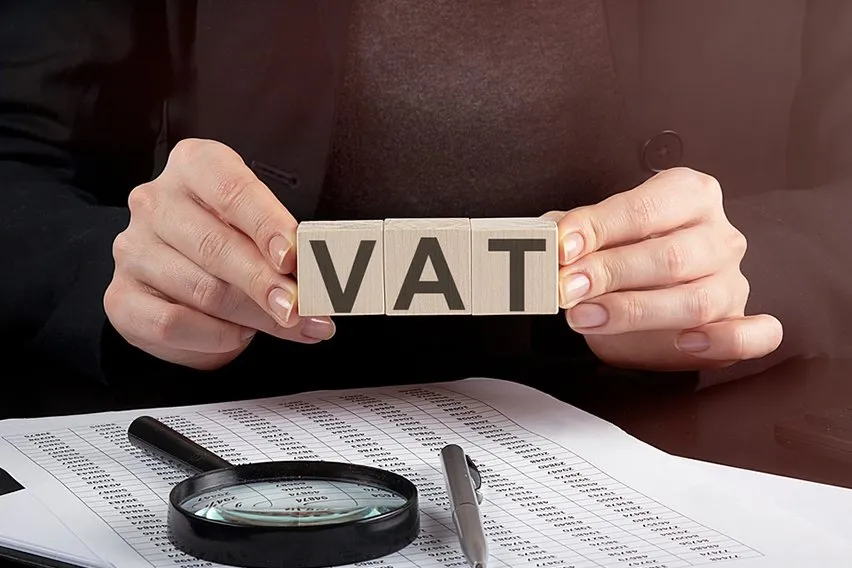 What Is the VAT Flat Rate Scheme for Small Businesses?
What Is the VAT Flat Rate Scheme for Small Businesses?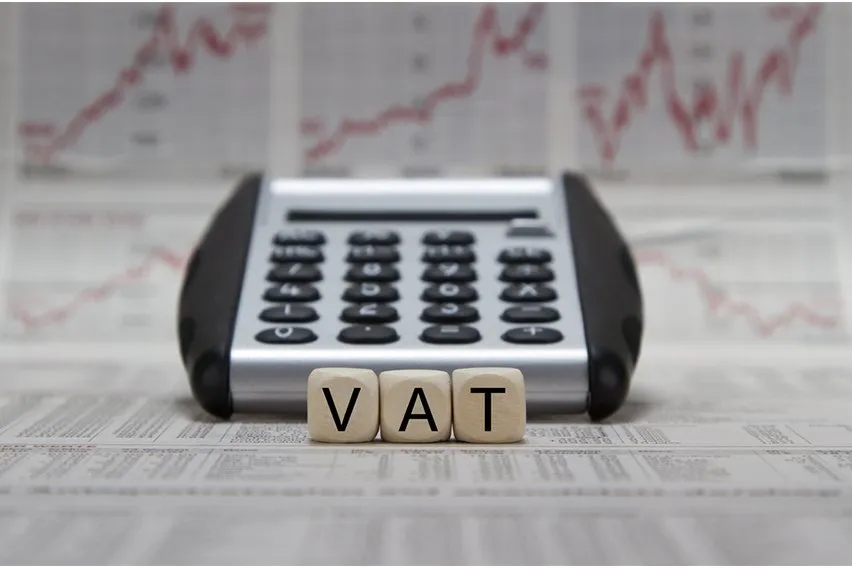 What Is Import VAT and How Does It Work?
What Is Import VAT and How Does It Work?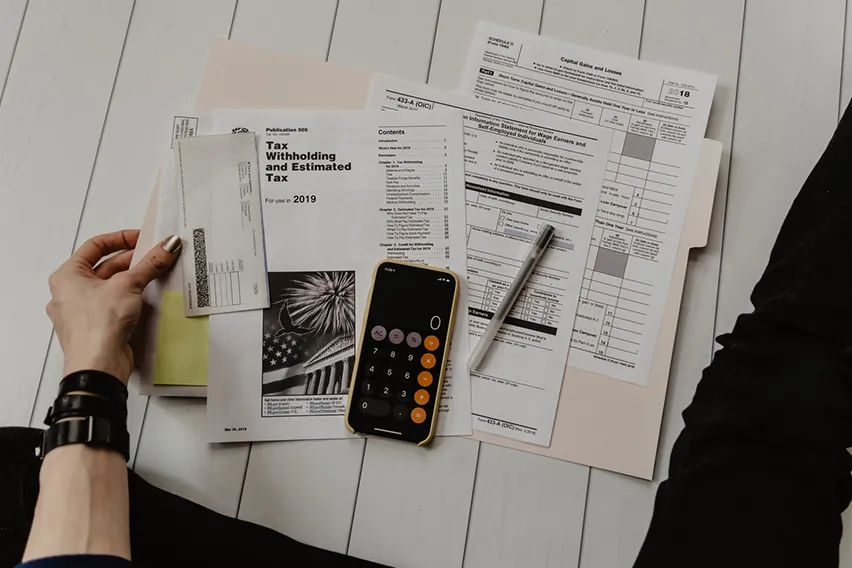 What Is Income Tax & How Does It Work?
What Is Income Tax & How Does It Work?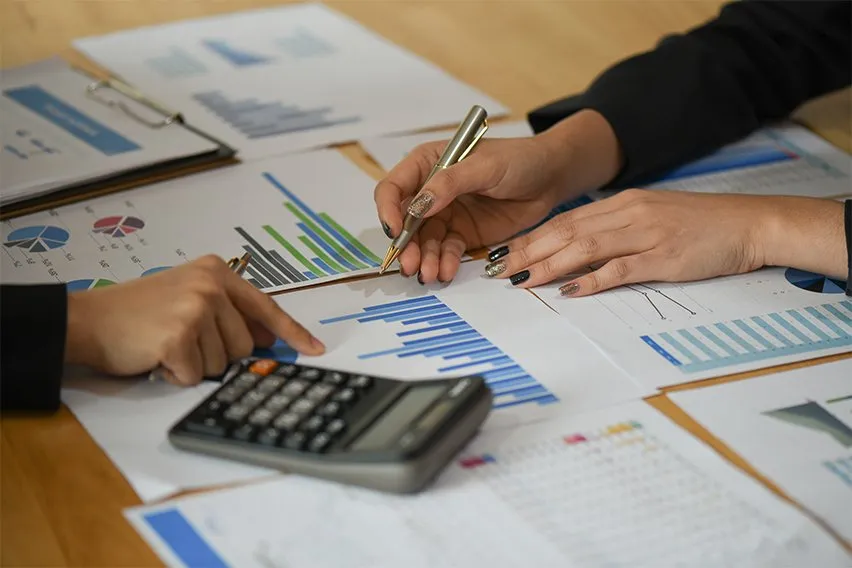 Difference Between Flat Rate Vat Vs Standard Rate Scheme
Difference Between Flat Rate Vat Vs Standard Rate Scheme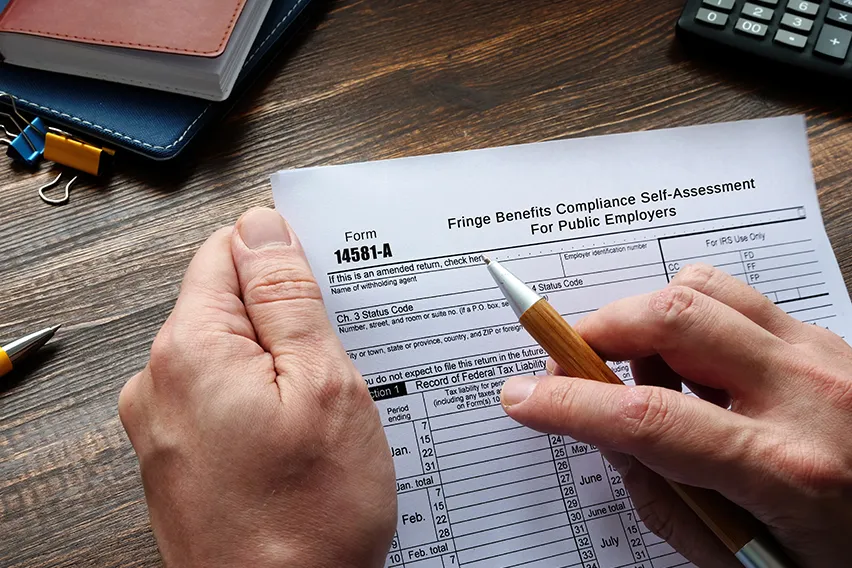 How Do I Pay My Self Assessment Tax Bill?
How Do I Pay My Self Assessment Tax Bill?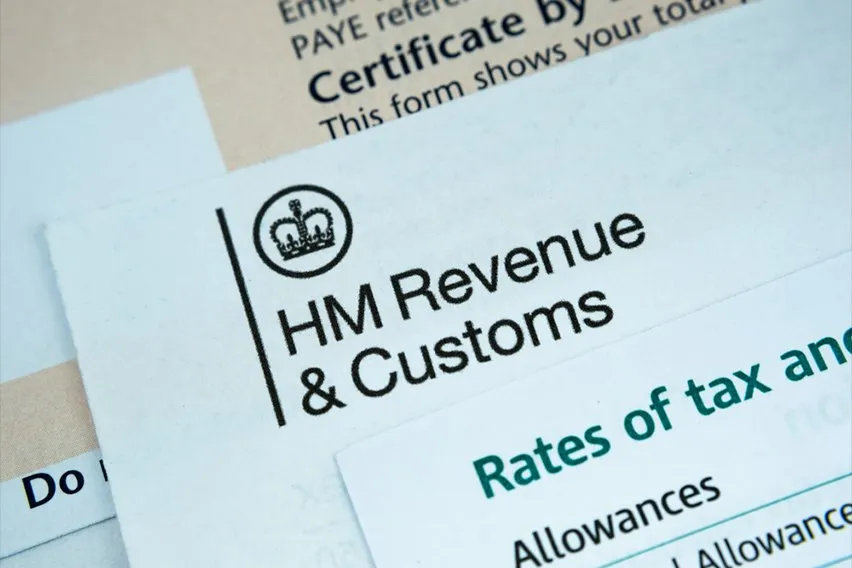 How to Use P87 HMRC Form to Claim Tax Relief?
How to Use P87 HMRC Form to Claim Tax Relief?